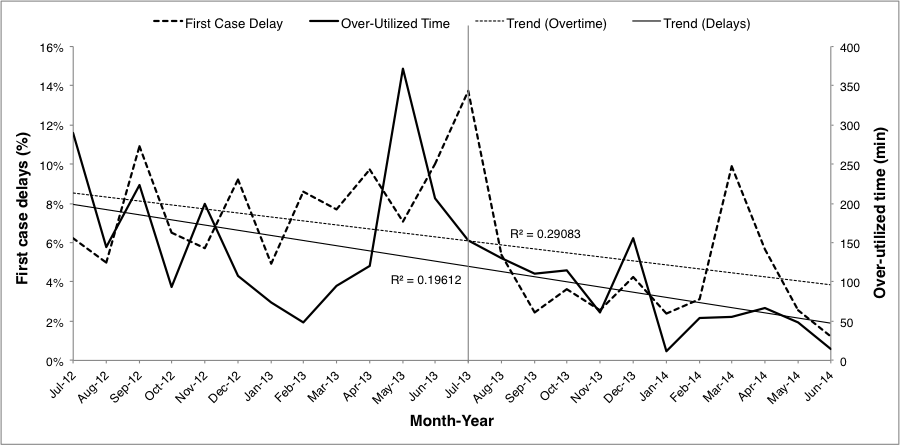T. S. Jones1, A. Bhakta1, E. L. Jones1, M. Nguyen1, M. Lyaker1, C. Byrd1, D. S. Eiferman1 1The Ohio State University,Columbus, OH, USA
Introduction:
Patients with prolonged hospitalizations in the Surgical Intensive Care Unity (SICU) often have ongoing medical needs that require further care at Long-Term Acute Care Hospitals (LTACHs) upon discharge. Setting expectations for patients and families after protracted SICU hospitalizations is challenging, and there is limited data to guide these conversations. The purpose of this study was to determine patient survival and readmission rates after discharge from the SICU to a LTACH.
Methods:
All patients admitted to the SICU at an academic tertiary care medical center from 2009 to 2014 were retrospectively reviewed. Patients represented all surgical subspecialties except cardiac and vascular surgery patients. Primary outcomes measured included complication rates defined by NSQIP, thirty day readmission rates to the SICU and mortality within one year of discharge.
Results:
296 patients were discharged directly from the SICU to a LTACH. The majority were male (64%) with a mean age of 61 ±16 years. Mean length of stay in the SICU prior to LTACH discharge was 27 ±15 days. The overall complication rate was 99% (293 of 296 patients); the most frequent complication was ventilator dependence greater than 48 hours (277 patients, 94%) followed by pneumonia (139 patients, 47%), sepsis (78 patients, 26%) and acute renal failure (32 patients, 11%). Two hundred and seventy-five patients (93%) required tracheostomy and enteral feeding access prior to discharge and 19 patients (6%) were newly dependent on hemodialysis. Mean GCS at time of discharge was 11. Overall thirty day readmission rate was 20%. There were 86 deaths within 1 year from discharge (29%) with an overall 3 year mortality of 35%
Conclusion:
Patients who are discharged to LTACHs have prolonged intesive care unit hospitalizations with high complication rates. After discharge, these patients have high readmission and one year mortality rates. Patients and families should be counseled about these outomces to allow for realistic expectations of survival following prolonged intensive care hospitalizations.







